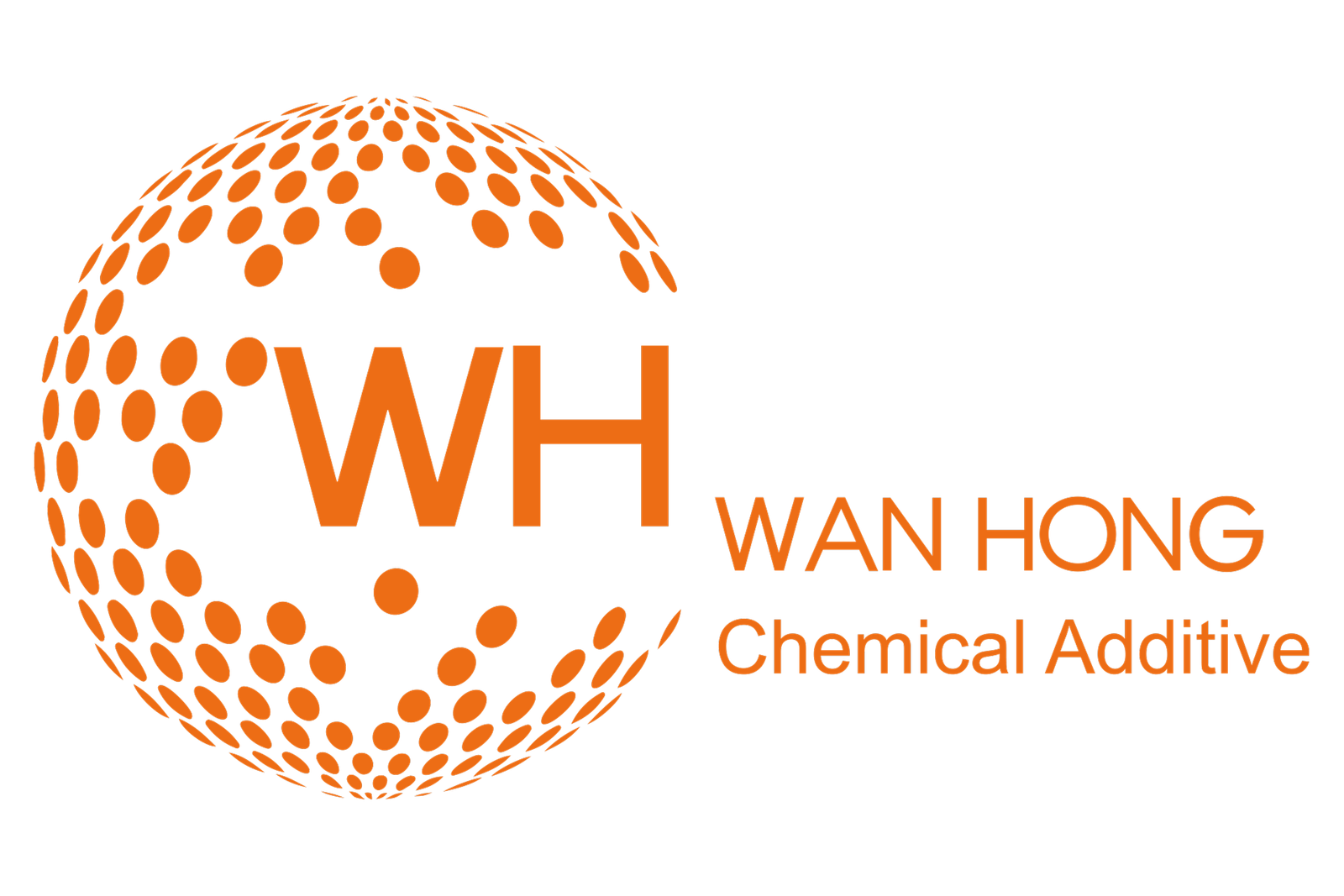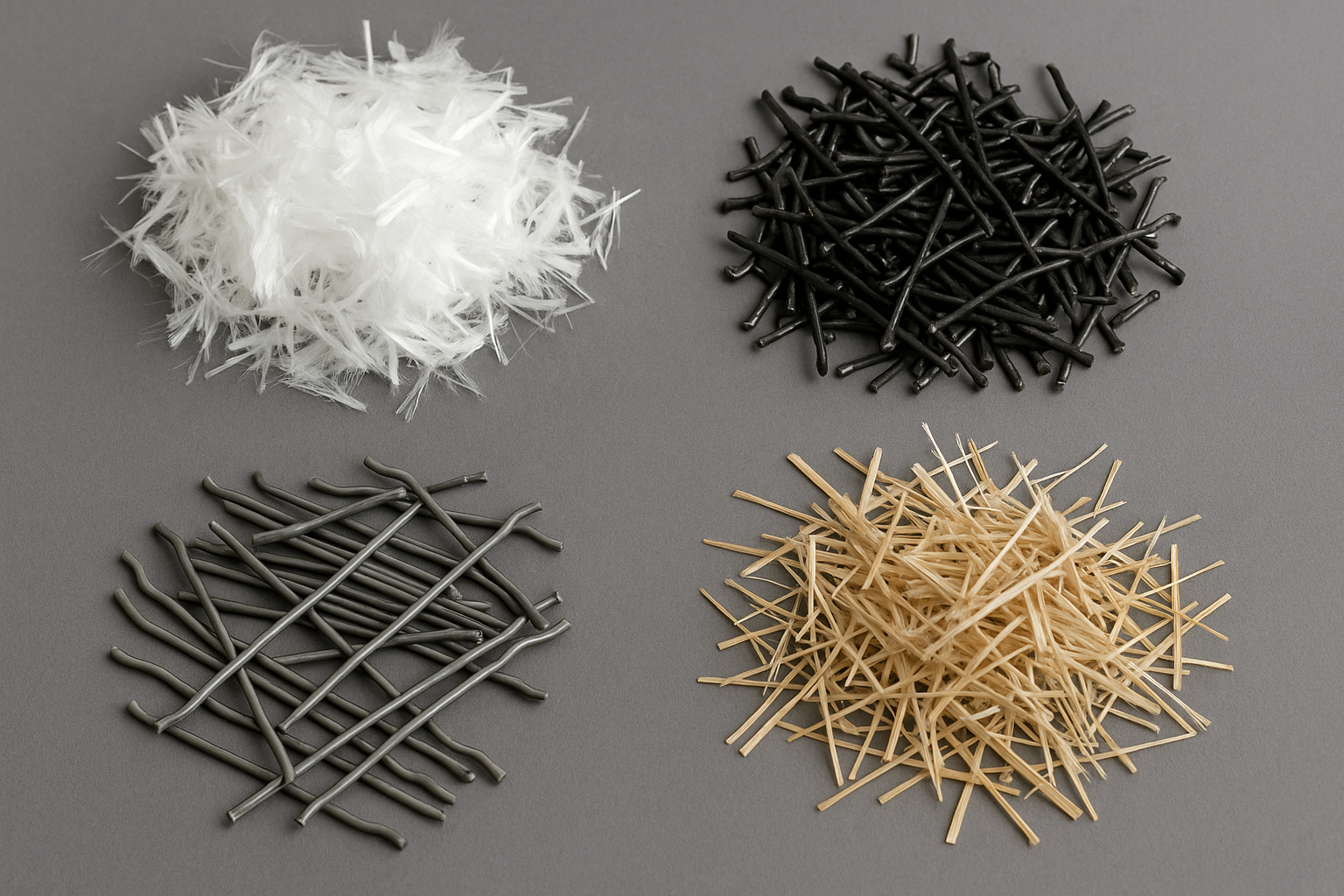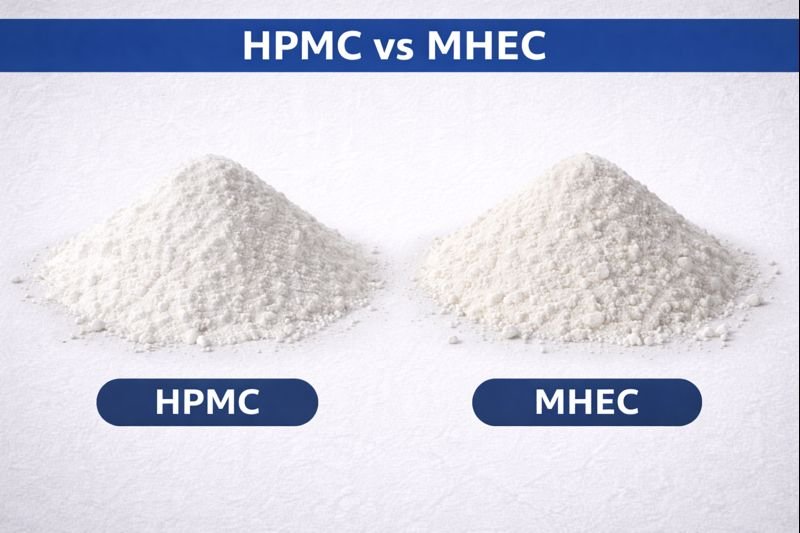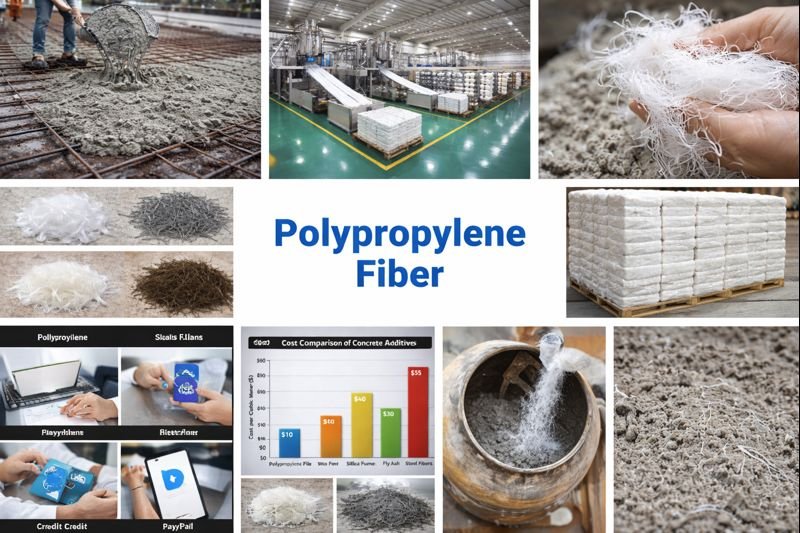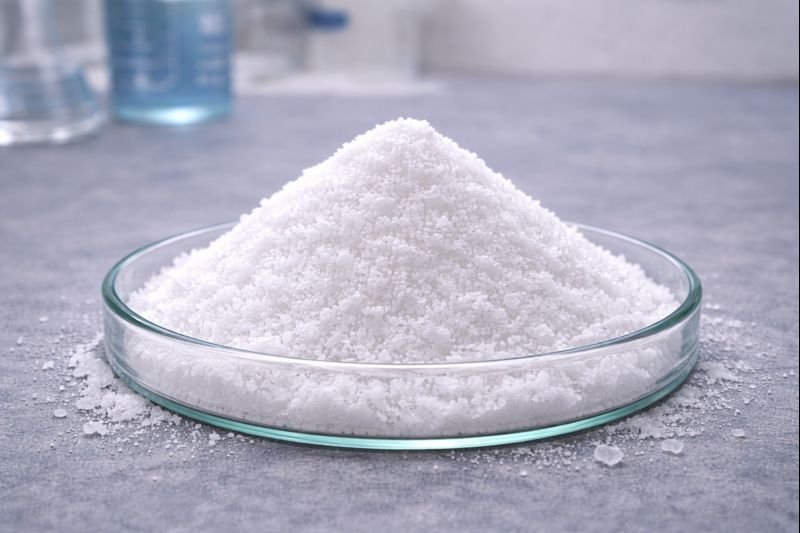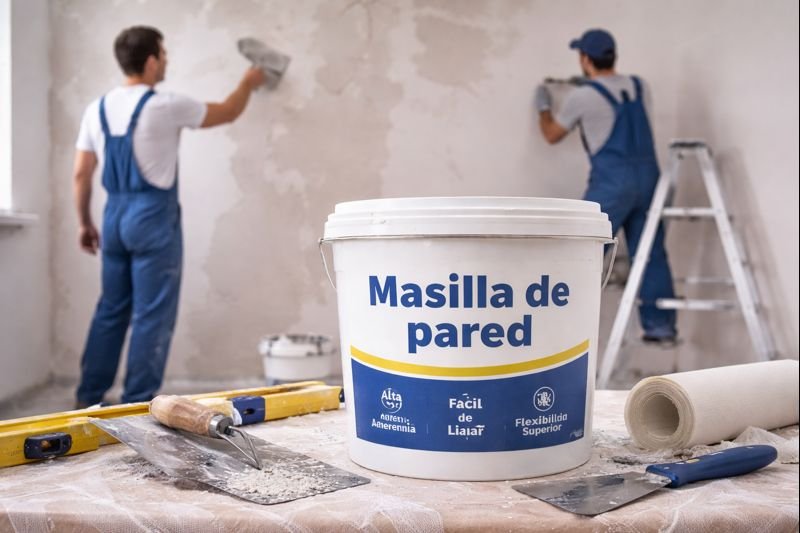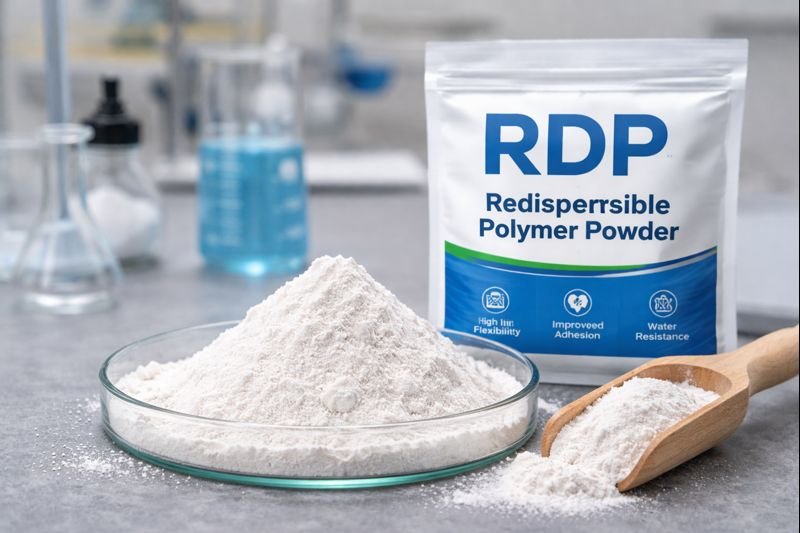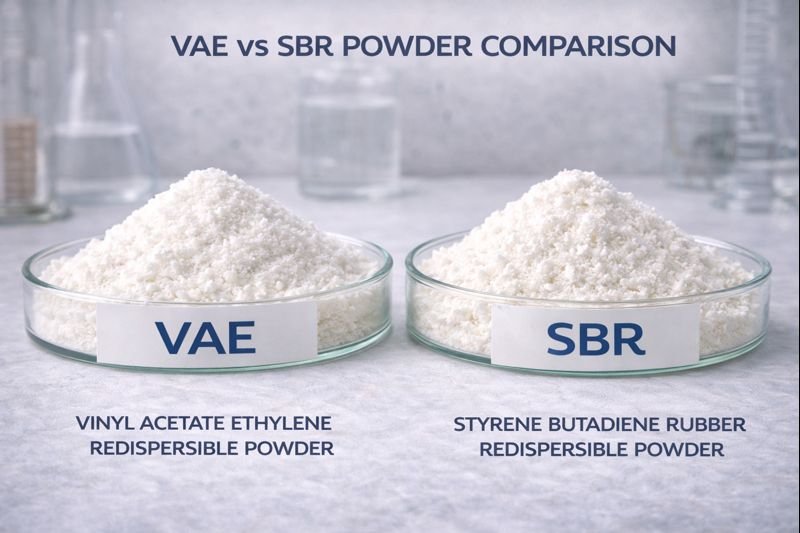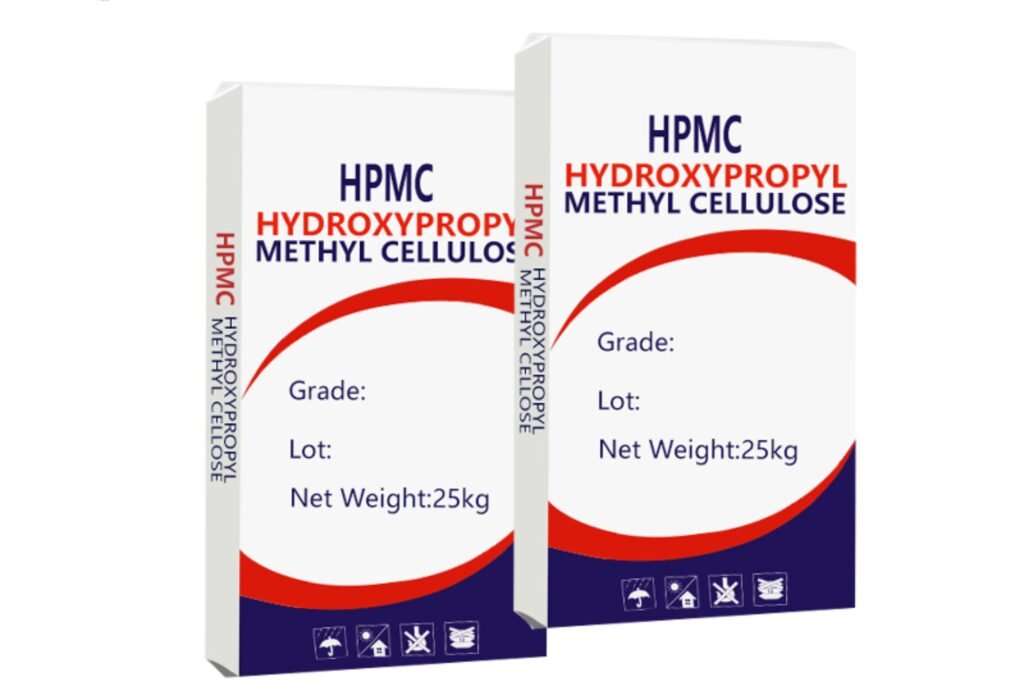Cracks in concrete projects can delay construction timelines and lead to costly repairs. Traditional concrete often falls short when it comes to durability in challenging environments. Fiber reinforcement offers a powerful solution to these common problems.
Fiber-reinforced concrete1 (FRC) is a composite material made by adding small fibers to concrete mixtures, enhancing its structural integrity. These fibers - including polypropylene, steel, glass, and natural fibers - distribute stresses more evenly, prevent crack propagation, and improve overall durability in construction projects.
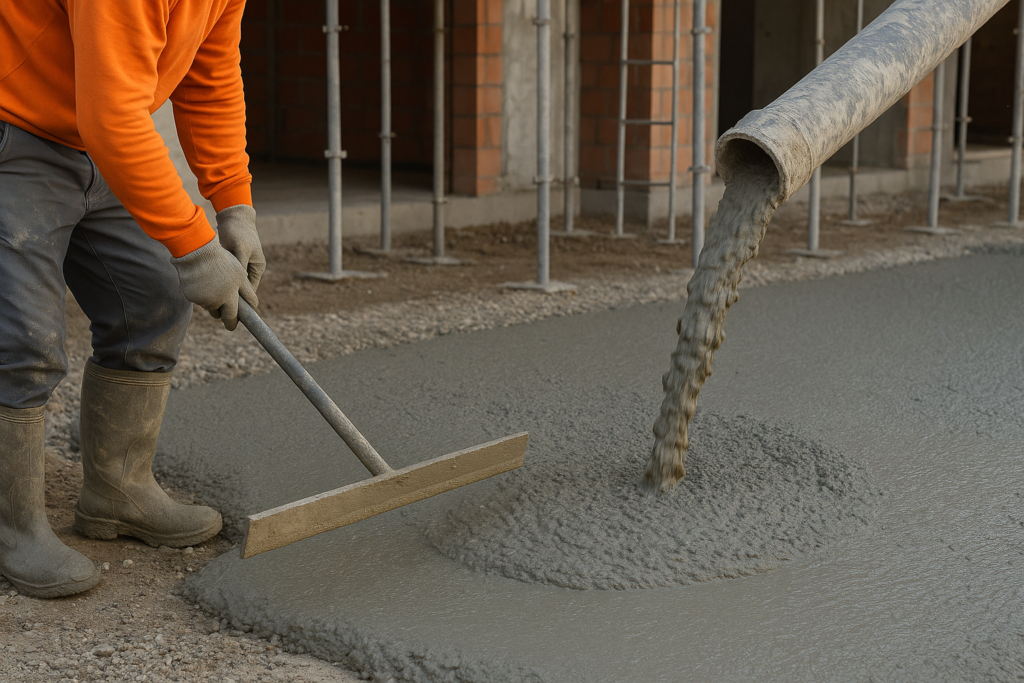
As the building industry faces tougher challenges with more complex designs and environmental concerns, fiber-reinforced concrete has become a go-to material for many construction professionals. I've seen firsthand how adding the right fibers can transform a concrete mix from basic to exceptional. Let's look at the five key advantages that make FRC stand out in today's construction landscape.
How Does Fiber-Reinforcement Improve Concrete's Tensile and Flexural Strength?
Many concrete structures fail because traditional concrete has low tensile strength. When forces pull concrete apart, cracks form quickly. Without reinforcement, these small cracks grow larger and threaten structural integrity.
Fiber reinforcement significantly improves concrete's tensile strength by creating thousands of tiny bridges across potential crack locations. These fibers absorb and distribute tensile forces throughout the concrete matrix, allowing the material to bend slightly before breaking and increasing flexural strength by 25-100% compared to conventional concrete.
I remember visiting a construction site in Saudi Arabia where they were building a massive warehouse floor. The engineer showed me two concrete samples - one traditional and one with polypropylene fibers2 from our factory. When tested to breaking point, the difference was remarkable. The fiber-reinforced sample maintained its shape even after cracking began, while the traditional concrete failed completely.
This tensile strength improvement happens because fibers act like tiny reinforcement bars distributed in three dimensions throughout the concrete. Unlike traditional rebar that only reinforces in specific directions, fibers provide multi-directional strength. This makes FRC ideal for structures subject to dynamic loads, vibrations, or potential impact damage.
The flexural strength benefits are also significant. In projects requiring thin concrete elements like overlays or precast panels, fiber reinforcement allows designers to reduce thickness while maintaining performance characteristics. This translates to material savings, reduced weight, and easier handling during construction - all without compromising structural integrity.
Some specific benefits include:
- Increased load-carrying capacity after first crack
- Higher energy absorption before complete failure
- Reduced crack widths (often by 50% or more)
- Better performance during seismic events
- Improved resistance to fatigue loading
What Types of Fibers Are Used in FRC and How Do They Differ?
Choosing the wrong fiber type can waste money and result in concrete that doesn't meet performance requirements. Many contractors make the mistake of selecting fibers based solely on cost, without considering specific project needs.
The main fiber types used in concrete reinforcement are synthetic (polypropylene, nylon), steel, glass, and natural fibers. Each type offers different benefits: synthetic fibers prevent plastic shrinkage cracking and are corrosion-resistant; steel fibers maximize strength; glass fibers resist alkali; and natural fibers provide sustainability and lower costs.

I've supplied polypropylene fibers2 to construction companies across developing countries for years, and I've learned that fiber selection is both a science and an art. The right choice depends on multiple factors including the application, exposure conditions, loading requirements, and budget constraints.
Synthetic fibers like our polypropylene products have become increasingly popular in regions with high humidity or corrosive environments. Unlike steel fibers, they never rust, making them ideal for coastal structures or water management facilities. They're available in different lengths and diameters to suit varied applications. Microfibers (typically under 0.3mm diameter) excel at preventing plastic shrinkage cracking during concrete curing, while macrofibers (0.3mm+ diameter) provide structural reinforcement.
Steel fibers remain the strongest option, offering up to 3 times the tensile strength of polypropylene. However, they come with higher costs and corrosion risks. I've seen impressive results when steel fibers are used in industrial floors subject to heavy machinery or high impact loads.
Glass fibers, particularly Alkali-Resistant (AR) glass, offer an excellent balance of properties. They provide good tensile strength while maintaining chemical stability in the highly alkaline concrete environment. Their use in architectural precast elements has grown significantly due to their ability to create thin yet strong concrete elements with smooth finishes.
Natural fibers represent the most sustainable option, though their performance characteristics vary widely. Some construction companies in developing regions have successfully incorporated locally-sourced natural fibers like sisal or jute, achieving reasonable performance at lower costs.
This comparison table highlights key differences:
| Fiber Type | Tensile Strength | Corrosion Resistance | Cost Level | Primary Applications |
|---|---|---|---|---|
| Polypropylene | Moderate | Excellent | Low-Moderate | Shrinkage control, secondary reinforcement |
| Steel | Very High | Poor | High | Structural reinforcement, high-stress applications |
| Glass (AR) | High | Good | Moderate-High | Architectural elements, thin sections |
| Natural | Low-Moderate | Moderate | Very Low | Sustainable building, non-critical applications |
What Are Some Real-World Examples of Fiber-reinforced Concrete Applications?
Without concrete examples, it's hard to understand the true value of fiber reinforcement. Many people think FRC is only for specific niche applications and miss opportunities to improve their projects.
Fiber-reinforced concrete1 has proven successful in numerous applications including industrial flooring (reducing joint requirements by 40%), tunnel linings (improving fire resistance), shotcrete for slope stabilization, thin precast elements, and residential foundations in unstable soils. These examples demonstrate FRC's versatility across different construction sectors.
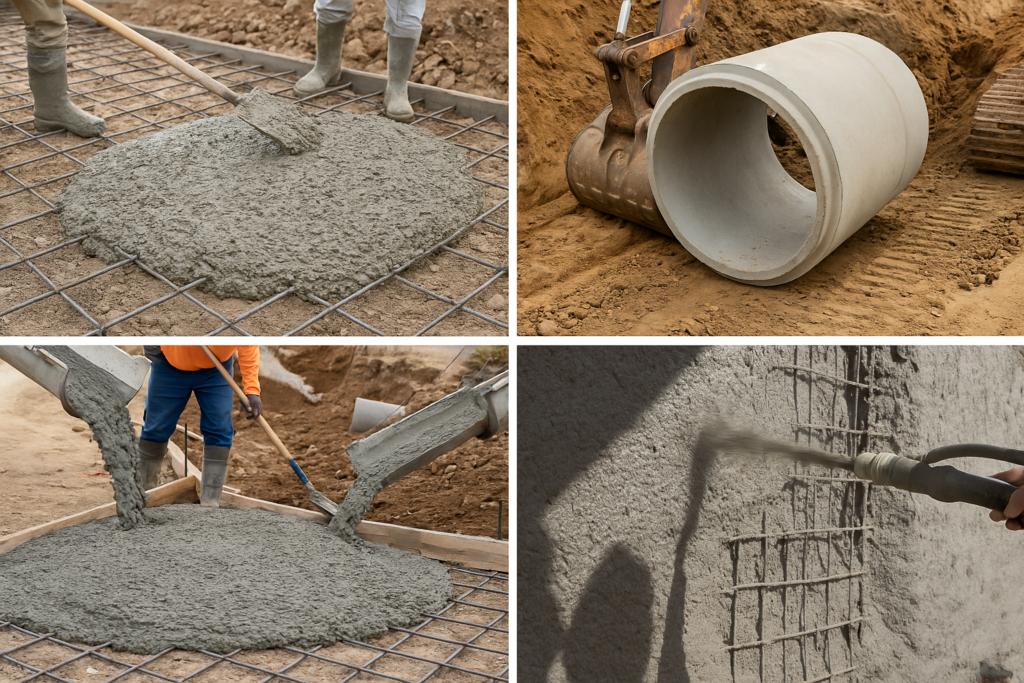
Last year, I worked with a large mortar factory in Pakistan that was constructing a new manufacturing facility with heavy machinery. They needed flooring that could withstand massive loads without excessive cracking. By incorporating our polypropylene fibers at 0.9% by volume, they reduced the number of control joints needed by nearly 40%. This not only improved the floor's performance but also significantly reduced maintenance costs associated with joint repairs.
Another fascinating application I've seen is in tunnel linings. In an infrastructure project in UAE, contractors used steel fiber reinforcement in the concrete segments that form the tunnel walls. This reduced construction time by eliminating the need to place conventional reinforcement cages. The fibers also improved impact resistance during handling and installation, reducing damage and waste. Most impressively, fire testing showed that the fiber-reinforced segments maintained structural integrity at higher temperatures than conventional reinforced concrete.
In residential construction, fiber-reinforced concrete foundations have become increasingly common, especially in areas with expansive or unstable soils. A housing development in Iran faced challenges with soil movement causing foundation cracks. By switching to FRC for their foundation slabs, they achieved more crack-resistant foundations that better accommodated minor ground movements. The developer reported a 70% reduction in post-construction foundation repairs.
Shotcrete applications represent another important use case. For slope stabilization along a mountain highway in India, contractors applied fiber-reinforced shotcrete to prevent rockfalls and erosion. The addition of synthetic fibers improved adhesion to the irregular rock surface and prevented the shotcrete from sloughing off during application. Five years later, the slope protection continues to perform excellently with minimal maintenance.
Thin-section precast elements have also benefited from fiber reinforcement. A manufacturer in Vietnam producing architectural façade panels reduced their product thickness from 75mm to 45mm by incorporating AR-glass fibers. This made the panels lighter, easier to install, and more economical to ship, while maintaining required strength and durability properties.
Conclusion
Fiber-reinforced concrete1 delivers significant advantages in strength, durability, and versatility across diverse construction applications. By choosing the right fiber type for specific project needs, builders can reduce costs, improve performance, and create more sustainable structures.
